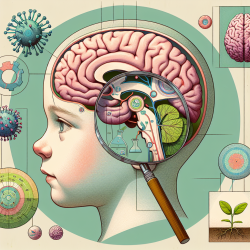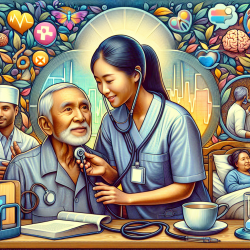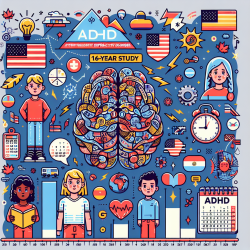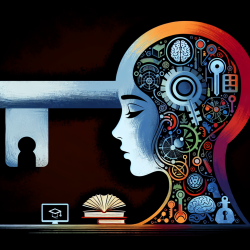Introduction
As practitioners dedicated to improving children's outcomes, understanding the intricate relationship between childhood experiences and brain development is crucial. A recent study titled "Type and Timing of Childhood Maltreatment and Reduced Visual Cortex Volume in Children and Adolescents with Reactive Attachment Disorder" sheds light on how adverse experiences during sensitive developmental periods can lead to structural changes in the brain.
The Study: Key Findings
The study utilized high-resolution magnetic resonance imaging to examine the brains of children with Reactive Attachment Disorder (RAD) compared to typically developing children. The findings revealed a significant reduction in gray matter volume in the left primary visual cortex among children with RAD, particularly those exposed to maltreatment between ages 5 and 7. This sensitive period is critical for visual cortex development, suggesting that adverse experiences during this time can have lasting impacts.
Implications for Practitioners
For speech-language pathologists and other practitioners, these findings emphasize the importance of early intervention. Understanding the sensitive periods of brain development can guide therapeutic strategies. Here are some practical steps to consider:
- Early Screening: Implement regular screenings for signs of RAD and other developmental disorders in children who have experienced maltreatment.
- Targeted Interventions: Design interventions that focus on enhancing visual processing skills, especially during the critical ages of 5 to 7.
- Collaborative Approach: Work closely with caregivers and educators to create a supportive environment that addresses the emotional and cognitive needs of affected children.
Encouraging Further Research
While this study provides valuable insights, it also highlights the need for further research to explore the long-term effects of maltreatment on brain development and the efficacy of different intervention strategies. Practitioners are encouraged to stay informed about ongoing research and consider participating in studies that aim to deepen our understanding of RAD and its neurobiological underpinnings.
Conclusion
Understanding the impact of childhood maltreatment on brain development is essential for creating effective therapeutic interventions. By focusing on data-driven approaches and collaborating with researchers, practitioners can contribute to better outcomes for children with RAD.
To read the original research paper, please follow this link: Type and timing of childhood maltreatment and reduced visual cortex volume in children and adolescents with reactive attachment disorder.










